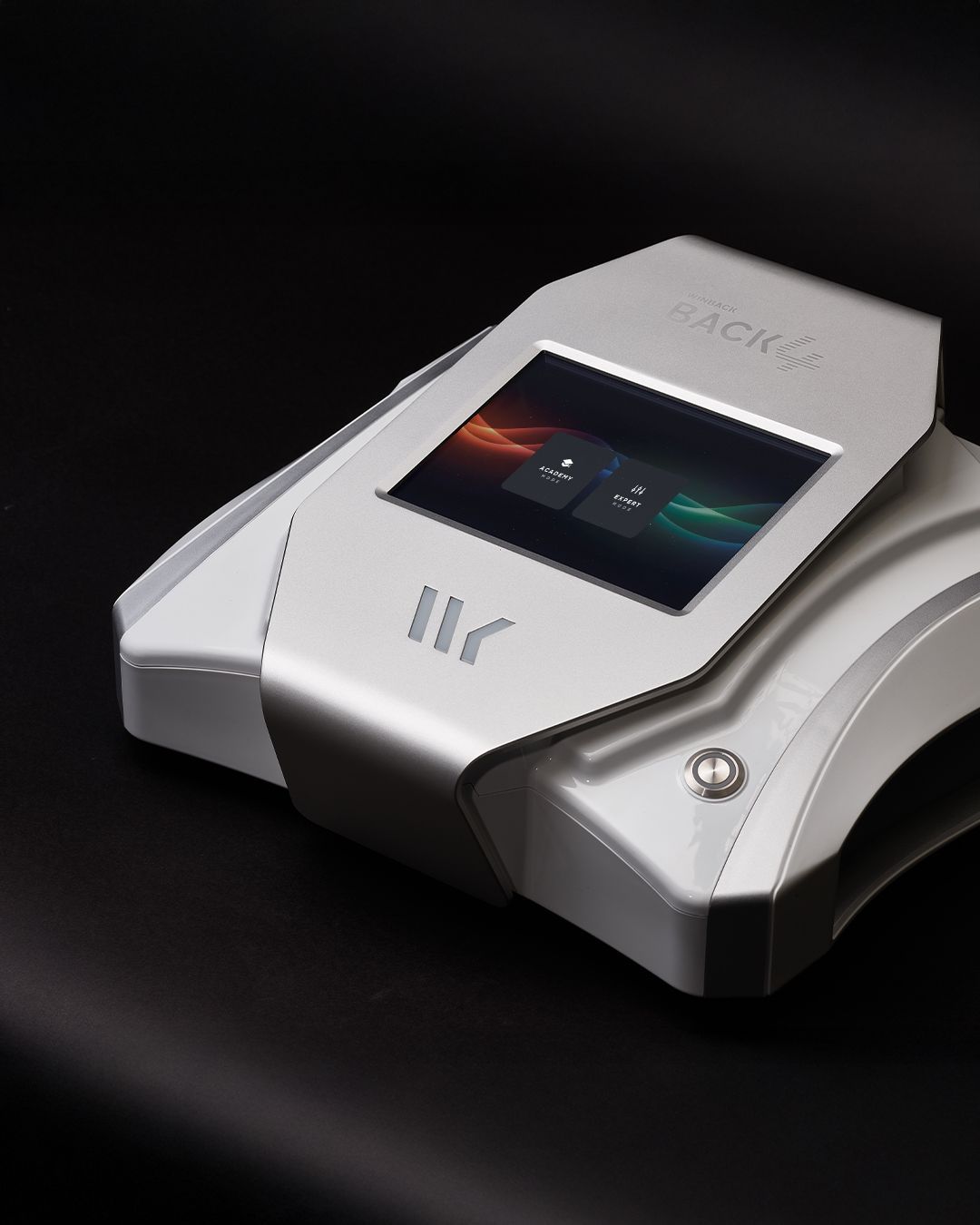Every occupation places unique demands on the body. From Slough’s warehouse workers and tradesmen to office-bound professionals spending hours behind screens, the body responds differently to each environment. Massage therapy isn’t a one-size-fits-all solution—it needs to reflect the nature of your daily stressors, muscular loading, posture, and fatigue patterns. That’s why at Muscle Therapy By Tom, the approach to massage changes significantly between desk-based clients and manual labourers.
The Postural Patterns of Desk Workers
Slough is home to countless tech staff, customer service teams, and administrative professionals. For these individuals, the body is often locked into the same position for 7 to 9 hours per day. Shoulders roll forward, the neck cranes toward the screen, and hips become stiff from sitting.
Common issues include:
Chronic neck and upper back tightness
Headaches from trapezius and suboccipital tension
Lower back pain due to weak glutes and shortened hip flexors
Wrist and forearm tightness from typing or mouse use
Thoracic outlet symptoms from poor posture and shallow breathing
Massage techniques for desk workers focus on postural realignment and tension relief:
Trigger point therapy in the neck, traps, and rhomboids
Myofascial release through the chest, forearms, and hips
Neuro-muscular therapy to reset habitual tension in the upper back
Postural correction strategies using soft tissue release of overworked stabilisers
The goal is not just relief but rebalancing—waking up underused muscles while releasing those compensating.
The Muscular Demands of Manual Laborers
On the other end of the spectrum, Slough’s construction workers, delivery drivers, and warehouse teams engage in daily physical labour. Their complaints are rarely about stillness—they’re about overuse, strain, and muscular fatigue from lifting, bending, or repetitive force.
Common issues include:
Lower back tightness from improper lifting mechanics
Shoulder impingement from overhead tasks
Elbow and forearm strain from tools or vibration
Hamstring and glute tension from continuous movement or load carrying
Hip and knee discomfort due to repetitive bending or climbing
Massage techniques for manual labourers aim at recovery, muscle flushing, and long-term injury prevention:
Deep tissue massage to reduce lactic acid buildup and address muscle knots
Cross-fibre friction to manage microtears and early-stage tendon irritation
Sports massage techniques for ongoing performance and tissue resilience
Joint mobilisation work to reduce restriction from cumulative load
Rather than rebalancing posture like with desk workers, the focus here is on restoration, mobility, and tissue repair.
Technique, Pressure, and Frequency: What Changes?
Pressure: Manual labourers typically require firmer pressure, deeper work, and focus on recovery zones. Desk workers respond better to targeted, medium-pressure work with myofascial techniques.
Session focus: For desk workers, upper back, neck, and hips are priorities. For labourers, it’s shoulders, lower back, legs, and arms.
Session frequency: Desk-bound clients benefit from 2–4 weekly sessions per month to manage chronic postural issues. Manual workers often opt for maintenance every 2–3 weeks, especially when workload increases.
Why Tailored Massage Matters
At Muscle Therapy By Tom, no two clients get the same treatment plan. Based inside The Gym Group Slough, Tom takes time to assess occupation, movement patterns, pain history, and muscular fatigue before every session.
For the office professional, it’s about undoing hours of static posture and re-educating muscles. For the manual worker, it’s about managing physical stress, preventing injury, and speeding up recovery between shifts.
Both types of clients need massage—but they need it differently.
📍 Muscle Therapy By Tom – The Gym Group Slough
🔧 Specialising in occupation-specific therapy for both corporate and physical workers
🖥️ Book your custom session at www.muscletherapybytom.co.uk
📲 WhatsApp or call for availability – same-week appointments often available


